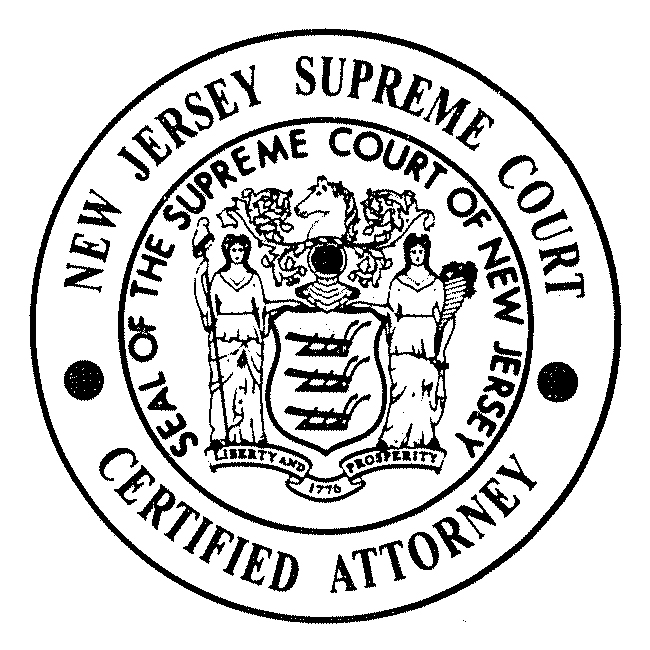Delayed diagnosis and treatment of glaucoma

Glaucoma is an eye condition that damages the optic nerve. This damage is often caused by abnormally high pressure in your eye. Glaucoma is one of the leading causes of severe loss of vision and blindness. Because the loss of vision is gradual and typically occurs over a long period of time, patients may not notice the change until the condition is in an advanced stage. Because vision loss due to glaucoma is irreversible, it’s important to have regular eye exams that include measurements of your eye pressure and other tests so a diagnosis can be made in its early stages. If glaucoma is recognized early, vision loss can be slowed or arrested.
How Glaucoma is Diagnosed
As someone who started wearing glasses in the third grade, I [Roy Konray] have visited many optometrists and ophthalmologists over the years. Many of those doctors had me put my head in front of what looked like a white egg and push a button every time I saw a tiny light blink on. They would also sit me in front of a machine that blew a puff of air in my eye. Others would put numbing drops in my eyes, place my chin in a holder, and ask me to stare at their ear as a blue light came closer to my eye. The test during which I had to press a clicker every time a tiny light came on is known as a visual field test. It is used to check peripheral vision. In my case, it was the visual field test that first detected a reduction in my peripheral vision and led to a diagnosis of early-stage glaucoma. The air puff test is used to obtain a rough measurement of the intraocular pressure in the eye. Goldmann tonometry is the test with the numbing drops and the blue light. It is the most accurate way to measure intraocular pressure.
There is also a test known as a dilated fundus exam. Drops are used to dilate the pupil so the doctor can examine the head of the optic nerve. Normally, there is a small crater-like depression seen at the head of the optic nerve head. This depression is known as the cup. Its diameter is smaller than the diameter of the optic nerve (the disc). The normal ratio between the cup and the disc is 0.3. In glaucoma, the ratio starts to increase as the depression in the optic nerve grows larger.
Why Glaucoma is Missed or Misdiagnosed
With all these ways to detect glaucoma, one would think a patient who gets regular eye examinations would always have glaucoma detected at an early stage before too much irreversible damage has occurred. Sadly, that is not always the case. I have handled ophthalmology malpractice and optometry malpractice cases in which patients never received any of those tests, or worse, the testing was performed but abnormal results were ignored.
Not every patient who sees an eye doctor regularly, but does not get diagnosed with glaucoma until it is in an advanced stage, has a malpractice case. There are, for example, rare types of glaucoma that come on quickly and cause intermittent high pressure, and there are patients who refuse dilation or testing of interocular pressure. However, if you were not diagnosed with glaucoma until it was in an advanced stage, you should contact us so we can review your medical records and determine if appropriate testing was done, and if the testing was done, we will check to make sure abnormal test results were not ignored.
Contact A Clark Medical Malpractice Attorney For A Consultation About Your Delayed Glaucoma Diagnosis Case In New Jersey
Were you or a loved one injured due to a delayed or misdiagnosis of Glaucoma in New Jersey? Then you need to talk to an experienced medical malpractice lawyer as soon as possible for guidance on how to proceed. The Clark medical malpractice attorneys at Team Law are prepared to assist you with your legal claim, including those involving blindness & vision loss malpractice. We represent victims of negligent surgeons, doctors, nurses, and pharmacists throughout New Jersey, including Clark, West New York, Perth Amboy, and Edison. Call us today at 1-800-832-6529 or fill out our online contact form to schedule a consultation. Our main office is located at 136 Central Avenue, Clark, NJ 07066, and we also have offices in West New York, Perth Amboy, Summit, New Brunswick, Plainfield, Highland Park, Newark, Orange, Jersey City, and Union City.
The articles on this blog are for informative purposes only and are no substitute for legal advice or an attorney-client relationship. If you are seeking legal advice, please contact our law firm directly.
 CALL NOW
CALL NOW






